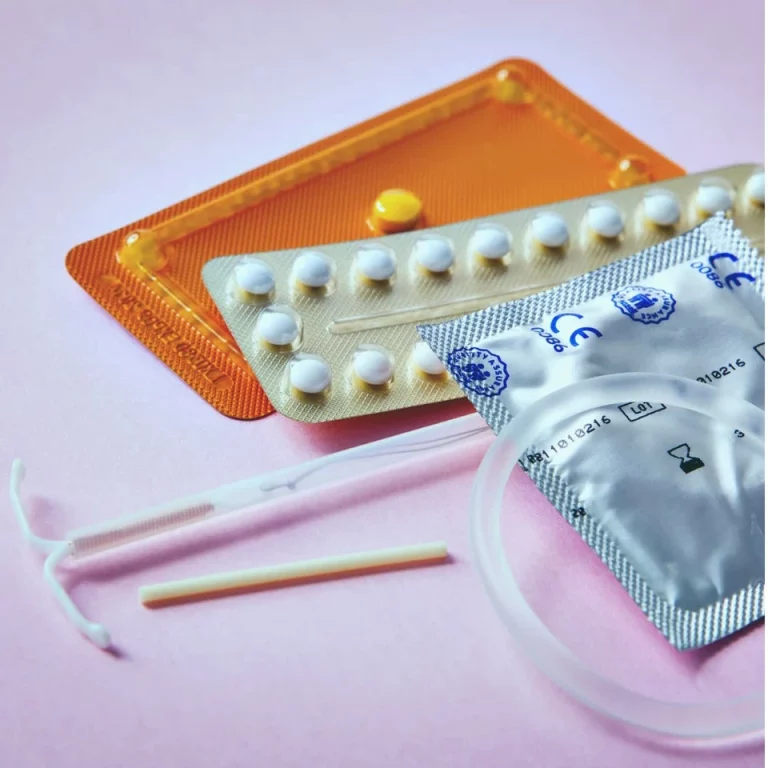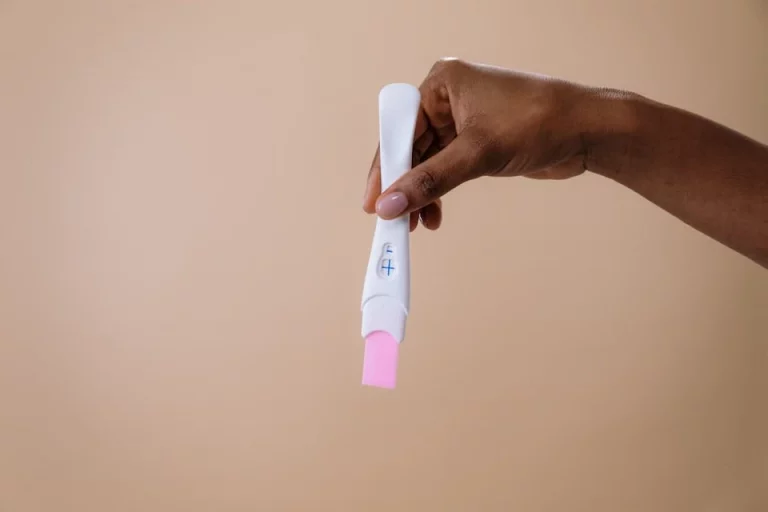Do Women Have A Prostate? A Review Of Female Pelvic Anatomy
The quickest answer is sort of. Women who are born as XX at birth do not have the male prostate gland. However, the women’s reproductive system does have two small anatomical structures called the Skene’s glands which perform physiologically similar things.
Are Skene’s Glands The Female Prostate?
Skene’s glands are sometimes referred to as the female version of a prostate. Skene’s glands are located on either side of your urethra and link your urethra with the vagina.
The fluid released by the Skene glands lubricates urethra’s opening. The fluid has antimicrobial properties, and it protects the bladder and urinary tract from potential bacterial infections.
However, it is important to note that these glands drain into small ducts in urethra. Like male’s prostate gland, these glands also keep infection at bay to prevent it from affecting other body parts from infections.
Since the Skene glands are situated in the pelvic area, it is important to understand female pelvis anatomy as well as the difference between sex and gender.
Female Pelvis Anatomy
The lower part of the torso between the legs and the abdomen is called pelvis. The pelvis supports the intestines and contains reproductive organs, the bladder, as well as the Skene’s glands.
Parts of female pelvis anatomy are:
● Hip bones: Our body has two hip bones, one on the right side and the other on the right. Hip bones form one part of the pelvis known as the pelvic girdle, and these join to the skeleton’s upper part through an attachment at the sacrum. Each hip bone consists of three smaller bones, including Ilium, Pubis, and Ischium.
● Sacrum: The sacrum is connected to the vertebrae’s lower part. It consists of five vertebrae, all fused together. The thick sacrum supports our overall body weight.
● Coccyx: Also known as the tailbone, coccyx is connected to the sacrum’s bottom by several ligaments. It consists of four vertebrae, all fused into a triangle-like shape.
● Levator ani muscles: These are the largest muscles in the pelvis for supporting several functions, such as supporting the pelvic organs, helping with bodily functions like urination and defecation, and sexual function.. It is a group of three different muscles, including puborectalis, pubococcygeus, and Iliococcygeus.
● Coccygeus: It is a small pelvic floor muscle that originates at the ischium. This muscle connects to the coccyx and sacrum.
Organs In Female Pelvic Area & Woman’s Reproductive System:
Some organs found in the female pelvic area are:
● Uterus: This thick-walled, hollow organ is where the baby develops. During the reproductive years, the uterus’ lining sheds during menstruation until pregnancy.
● Ovaries: Uterus has two ovaries located on either side. This part produces eggs and releases hormones, including progesterone and estrogen.
● Fallopian tubes: Fallopian tubes in women’s bodies connect ovaries to the uterus. Cilia, specialized cells in the fallopian tubes direct eggs from the ovaries toward the uterus.
● Cervix: Cervix widens to allow sperms to pass into the uterus. It also produces mucus that prevents bacteria from reaching the uterus.
● Vagina: It connects the external female genitalia and the cervix. Also known as the birth canal, the baby passes through the vagina during birth. The vagina has receptors that are responsive to the female hormone, estrogen.
Female Prostate And Sexual Arousal
Skene glands, sometimes called the female prostate or paraurethral glands, are located near the female urethra. These glands are often associated with sexual arousal and orgasm. These glands create PSA phosphatase, a substance that has been found in the substance released by the urethra during squirting. However, not all women experience female ejaculation or squirting, and there is still debate about the nature and composition of these fluids.
Skene Glands And Female Squirting (Female Ejaculation)
During sexual arousal, the Skene glands can become engorged with fluid and increase in size. When a woman reaches orgasm, the Skene glands can release this fluid, which is sometimes referred to as female ejaculate. These glands also contribute to a phenomenon known as “squirting” which is a release of clear odorless fluid that can be larger in volume than female ejaculate.
Skene Glands And The Female G-Spot
Stimulation of the Skene glands happens through the female G-spot, which is an erogenous zone located on the front wall of the vagina, can be pleasurable for some women and can even lead to orgasm.Similar to stimulation of a man’s prostate some find it enjoyable while others do not. However, not all women are able to locate or stimulate their G-spot, and there is still much that is not understood about the role of the Skene glands in sexual arousal and orgasm.
Related: Is My Vagina Normal? Plus A Female Anatomy Chart
Sex Vs Gender
So, what is the difference between sex and gender? Gender and sex are two different concepts that are often used interchangeably, but they actually refer to different things.
Sex
Sex refers to the biological, anatomical, and physiological characteristics that define XY(male sex) and XX (female sex). It is based on biological factors such as chromosomes, hormones, and reproductive organs. In other words, sex is determined by a person’s biology, and it is typically assigned at birth as male or female.
Gender
Gender, on the other hand, refers to the social and cultural roles, behaviors, and expectations that are associated with being male or female in a given society. It is a social construct that is shaped by cultural norms, beliefs, and values. Gender is not determined by biology but rather by social and cultural factors, and it is often expressed through gender identity, gender expression, and gender roles.
In summary, the best way to separate the two is that sex refers to anatomic differences between males and females. On the other hand, gender refers to how a person identifies in the context of social roles, cultural roles, behaviors, and expectations commonly associated with that identity. It is important to note that there are not just two ways to identify, and there are several different gender identities.
What Does The Prostate Do?
The prostate is a gland that is part of the male reproductive system, or the XY reproductive system. It is located just below the bladder and surrounds the urethra, which is the tube that carries urine and semen out of the body.
Primary Function Of The Male Prostate
The primary function of the male prostate is to produce and secrete a fluid that is an important component of semen. This prostate fluid helps to nourish and protect sperm as they travel through the female reproductive system during sexual intercourse.
Size Of The Prostate
The prostate is about the size of a walnut. The size of the prostate can vary throughout a man’s life, and it typically grows larger with age. In some men, the prostate can become enlarged enough to cause urinary problems, such as difficulty urinating, frequent urination, or a weak urine stream which can seriously impact one’s quality of life. However the size of a man’s prostate is not always correlated with urinary symptoms.
Prostate Cancer & Benign Prostate Hyperplasia (BPH)
In some cases, prostate enlargement may be a sign of prostate cancer, although most cases of prostate cancer are slow-growing.
Benign prostatic hyperplasia (BPH) is a condition in which the prostate gland becomes enlarged and can cause urinary problems in men. This is because as the prostate enlarges it can obstruct the flow of urine from the urinary system.
BPH is a common condition that becomes more prevalent as a man ages. According to the National Institute of Diabetes and Digestive and Kidney Diseases (NIDDK), BPH affects approximately half of all men between the ages of 51 and 60, and up to 90% of men over the age of 80.
Signs Of An Enlarged Prostate
Some of the signs and symptoms of an enlarged prostate include frequent urination, difficulty starting urination, weak urine flow, dribbling after urination, urinary tract infections, and inability to completely empty the bladder.
Regular medical care and regular checkups can help identify any problems. Prostate exams (digital rectal exam) and PSA (prostate specific antigen) tests with the right health care provider can help detect prostate cancer early and increase the chances of successful treatment. It’s important to note that PSA can be elevated for a number of non-cancerous reasons including BPH or non-bacterial and bacterial prostatitis which can be assesed by your doctor.
If you have a risk factor of prostate cancer such as a family history of prostate cancer or are African American it’s important to begin screening at the age of 45 or earlier. There are different types of prostate cancer but the most common is prostate adenocarcinoma which is often slow growing.
Cancer Of The Skene Gland
While rare, it is possible for cancer to develop in the Skene glands. Prostate cancer is much more common than cancer of the skene gland. Skene gland cancer is extremely rare and is often diagnosed as urethral cancer or bladder cancer, as the Skene glands are located near the urethra and can be difficult to differentiate from other nearby structures. It is more likely to affect post-menopausal women than those of younger ages.
Because Skene gland cancer is so rare, there is limited research and information available about its causes, risk factors, and treatment options. If Skene gland cancer is suspected, a healthcare provider may perform a biopsy or other tests to confirm the diagnosis and determine the appropriate course of treatment.
Do Women Have A Prostate?
In the vast majority of cases, people who identify as women do not have a prostate. These are women who are born as XX at birth and also identify as women when it comes to gender. There is no female prostate gland in women who are born XX at birth that is anatomically similar to the male prostate gland and no risk of prostate cancer.
The chromosomal makeup is what identifies someone’s sex. Gender is how a person identifies. Not all XX persons identify as women and not all XY persons identify as men. In the cases where a woman is XX and identifies as a woman, this individual does not have a prostate. In case where an XY individual identifies as a woman, this person will have a prostate. For example, trans women will have a prostate gland and will still have a frequent need for prostate cancer screening. It is also important to note that there are not only two ways to identify, but for the purposes of this article, these popular gender identities were discussed.
Women have Skene glands that perform similar functions. These glands produce the same hormones that men’s prostate glands produce. It plays a crucial role in the woman’s reproductive system. If you have any questions or concerns, be sure to chat with your healthcare provider.
We discuss products we think are useful to people. If you buy something through our links, we may earn a commission. Remember to check with your personal physician to see if a product recommended is right for you.








